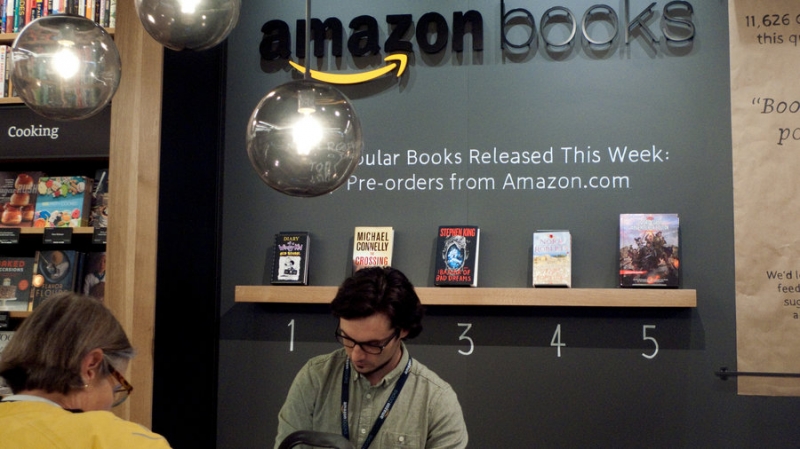Online to Offline - Why did Amazon Open a Store?
When I hosted my first breakfast at HVO Search discussing retail and digital convergence I asked "is Amazon ever going to have a store?"
And last month my question was answered. Yes indeed. Amazon has joined the likes of Birchbox, Warby Parker and Bonobos creating their offline experience.
On 2 November, Amazon opened its first physical store. Located in Seattle’s University Village neighbourhood, the store, a bookshop, has been labelled “a physical extension of Amazon.com”, and uses customer reviews and ratings to sort books as well as offering identical pricing to that found online.
But why does Amazon, a bonafide online giant, want a physical presence?

The idea that Amazon would invest in a traditional brick-and-mortar retail store may seem absurd to some. The company built its success online and now boasts over 244 million active users and net sales of more than $80 billion. But, what good can a store bring to an online company of this size?
Retailers which started out online learnt very quickly that customer experience was crucial to their success. Setting up an e-commerce store is easy, what differentiates the successful brands from the unsuccessful ones is often excellent user experience.
Indeed, it would be hard to underestimate the importance of user experience (or UX) to e-commerce, which is now a fully-fledged industry in its own right, with companies rushing to optimise their sites for visitors and make the shopping experience as enjoyable and simple as possible.
Amazon’s choice to open a physical store is an extension of the customer-centric approach that made them successful in the first place.
They are using the store as a showroom, presenting books facing forward with customer ratings and additional content. And they are using their online data to inform these decisions and guide the already very knowledgeable customer who is seeking discovery and entrertainment rather than just buying a book.
This is the true benefit of the traditional retail experience that cannot be easily replicated online. The most successful online retailers are beginning to realise that they need to be able to offer this.
If done right, browsing through a physical store can be a much more enjoyable experience than shopping online. People can engage with the product and the stories behind them in a more meaningful way.
The shopper's expectations are changing. Customers are now expecting to shop for enjoyment offline and to save time and money online.
Opening a store provides an opportunity to add a truly human touch to the online retail experience, and Amazon’s decision to open a physical store simply shows that the company is in-tune with its customers’ wants and needs.
What do you think about Amazon’s decision to open a physical store? Is a good idea? Or an unnecessary gimmick?
Email us your thoughts.
